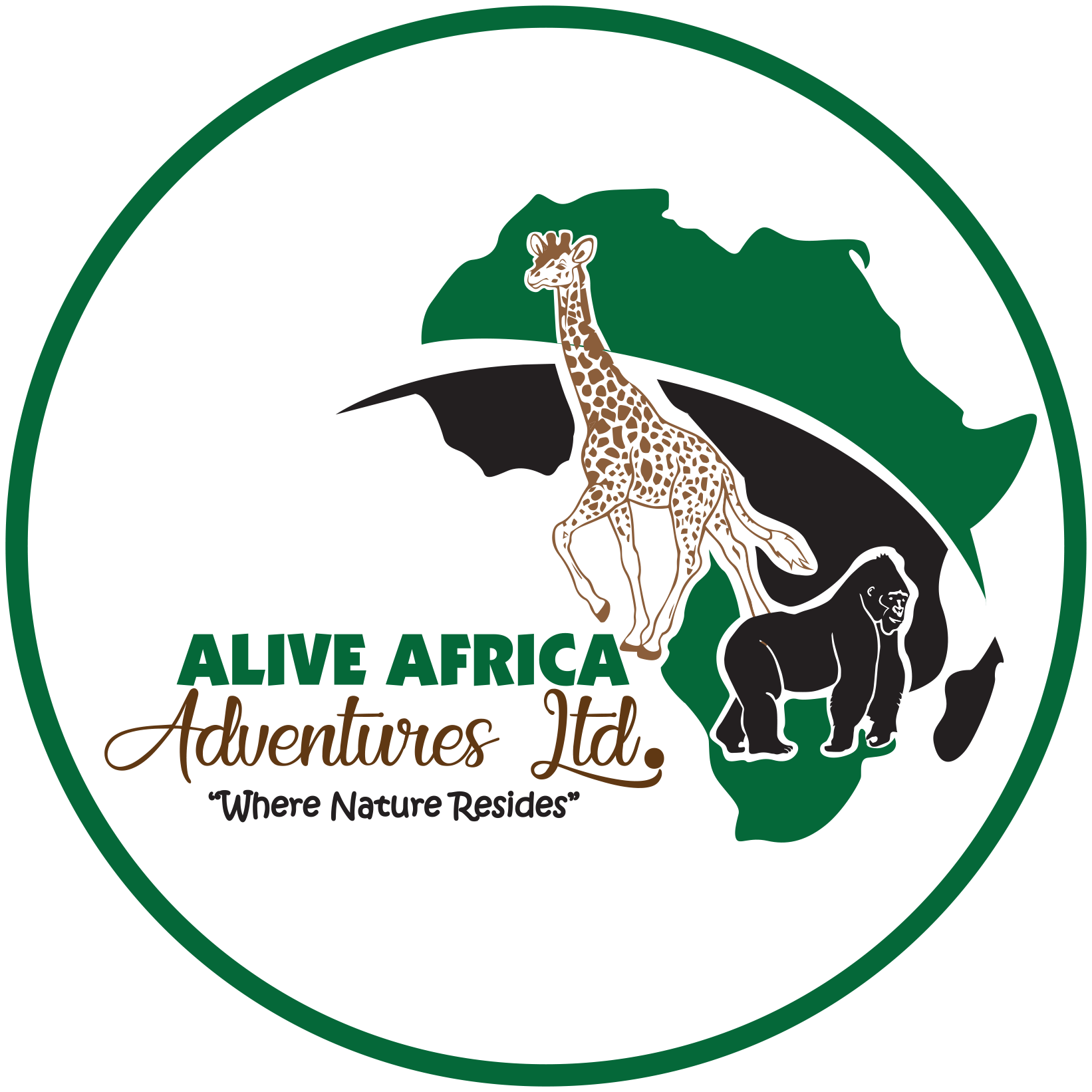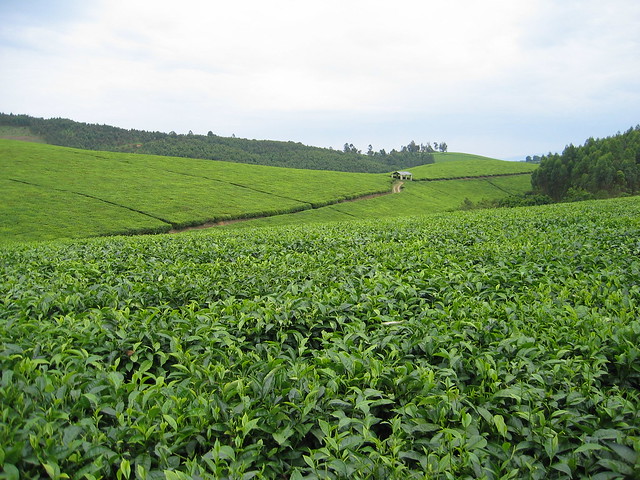Agro-Tourism In Uganda
Agro-Tourism In Uganda also known as Agritourism is on a rise in Uganda. The country is passing fast urbanization. And the growers must keep up if they want to the trending world. Agrotourism works veritably well for both the locals and transnational excursionists.
The description of agro-tourism should, at last, have the following characters so that we all get to know its real meaning. It’s both of tourism and agriculture combined. Its where specific crops are grown on a large scale for tourism purposes first. And vended off to earn income for illustration tea, coffee, sugarcane, cotton, win, Agro-Tourism In Uganda, sunflower, cocoa, banana, etc.
Agrotourism is substantially carried out in the Country and it has started attracting numerous excursionists. Who go on safaris to see the beautiful auditoriums that are always on display. For both the locals and the excursionists who visit to see the different ways that are used in husbandry in Uganda.
The Pearl of Africa Farm
The plum of Africa ranch is located at Banda Wakiso along Hoima road and it’s an intertwined ranch that deals in different agrarian practices. The ranch also shows people how to exploit the terrain. Without damaging it for unborn use and it shares the ultramodern husbandry ways. Share information with the locals about integrated husbandry and so much more. Different crops are planted then and some of them include
Timber Husbandry
Timber husbandry is carried out on the ranch and numerous trees have been planted. These include Mango trees, Bamboo, pine trees, avocado trees, Jack fruit trees, eucalyptus trees, Agro-Tourism In Uganda, Orange trees, Musizi trees, and numerous further other original species.
The timbers are on a large scale and they’ve been planted to help in Forestation. Indeed, if they’re used to saving the terrain. Excursionists visit the area to see the different tree species that are located in the area.
Backyard Farming
Vicinity husbandry is also carried out in the area and one may ask what vicinity husbandry is. This is where the crops are grown in small plastics in the vicinity. And these are substantially vegetables that are grown to condense one’s diet.
The crops that are grown can be vended and excursionists can visit the theatre. To see how ordure is put on the crops, learn how to set it up and buy some of the fresh vegetables.
Food Crops
The food crops that are grown in the area give food to the possessors of the granges. And the locals and callers to the place can also get the chance to buy fresh food crops from the ranch. Some of these food crops include sugarcane, cassava, bananas, arrowroots, stevia, sweet potatoes, Irish potatoes, and numerous further other crops.
Fish Farming
Fish husbandry has come to a trending agrarian practice in Uganda. This is because of the increased demand for fish on the Ugandan request. The most common type of fish that are reared is the catfish and Crayfish. There are multitudinous ponds that have been constructed. And you’ll be suitable to get to know how the ponds are constructed, how the fishlings are chosen, and how the fish is kept without losing numerous of them. A guided stint will leave you with ideas on how to start your fish ranch and supplement your income.
The Pineapple Farm in Luweero
Luweero is located nearly 75 kilometers from the megacity center Kampala. And this is where the pineapple ranch is located. The Asians substantially visit the theater sits on four acres and it. Numerous drivers and excursionists visit the ranch to hunt for the ripe and ready pineapples with their sharp shanks.
Agrotourism was introduced in Uganda in 2018 and this started with the launch of the Luwelo Pineapple ranch. The Luweero pineapple ranch has since attracted numerous people. Who travel to see how the pineapples are watched for and how they’re planned. The target request for the preface of the ranch s demitasse. And that’s why locals are maddened to learn the husbandry ways o that the yield is supposed to be high.
The ranch has different trained stint attendants that can take you through the ranch while explaining in detail everything that you see. When you arrive at the ranch, Agro-Tourism In Uganda, each caller is given a cutter or machete and also, they’re told to go for ripe pineapples. When they return from the quest, the ranch directors assess all the pineapples that have been gathered. And the person who has the biggest and ripest pineapple is awarded a gift for the hard work.
Coffee Granges
The coffee granges are each over the country and a good business adventure for both income and tourism purposes. The most overgrown coffee in Uganda is Arabica coffee and t substantially grows along with the pitches of mountain Elgon. Visiting the granges leaves one with information on how the coffee is grown and the colorful ways of how it’s gathered and packed before being vended. Coffee can be exported and the granges visited by the different excursionists bring redundant income for the government.
Cotton Granges
Cotton granges aren’t common as they used to be in Uganda, and this has made the remaining many a place worth visiting. Utmost people in Uganda have lived a civic life and don’t know how cotton is planted and how it’s gathered. Visiting these granges is the only chance bone can get to know nearly everything about cotton from the planting process to the harvesting season.
Cocoa Granges
The growing of cocoa has come one of the main agrarian practices in Uganda. Excursionists and the original people get a chance to visit the cocoa granges and learn about the different types of cocoa, how cocoa is planted, the harvesting period, and the marketing strategies that are used by the growers to vend their yield.
You also get to enjoy the selecting of the cocoa from the auditoriums and also buy some at a cheap price before they’re transported to the requests.
Tea Colonies
There are colorful tea colonies in the country and these are acting as agro-tourism granges. Numerous people have traveled just to see what tea looks like especially when still in the auditoriums and how it’s planted. The tea colonies are a source of income to the growers and profit to the government after the trade and callers get a guided stint through the colonies, help in picking the tea leaves, and learn about the processing factors too. For illustration in the Kigezi Mounds areas of western Uganda.
Cattle Rearing
This is substantially done in Western Uganda where people rear cattle most. Western Uganda has substantially the cattle species of the long-horned cattle which are reared for both meat and milk. Meanwhile, the cattle granges are now used for sightseer purposes where one opens his or her ranch to the public and they pay a small paycheck to see the different characteristics of cattle, how they’re fed, capitalized, and how their ordure is used for fertilization.
Sugarcane colonies
This is substantially in areas positioned around sugarcane manufactories for illustration Kinyara sugarcane colonies in Masindi at the edges of Budongo timber gives a chance for safaris showing excursionists how the crop is grown from planting, weeding to harvesting stage. Another illustration is in Lugazi in Buikwe and Kakira in the Jinja quarter.
Palm colony on Ssese islands.
The win canvas design in Kalangala was conceived in 1997 when IFAD approved the Vegetable Oil Development Project (VODP). As a result, the government in 2004 inked an agreement with Oil Palm Uganda Limited (OPUL), which brought on board private investors to unite with the government to push the crop. Excursionists embark on safaris to visit these large canvas win colonies on the unique islet.
Muga Eco Village Farm in Bushenyi
While at Muga Eco Village, one gets the occasion to see different original and sustainable enterprises in husbandry. These include coffee growing, fish husbandry, piggery, Agro-Tourism In Uganda, fruit estate, original scapegoats, cows, rabbits, banana colony, millet growing, and sap. They also exercise agroforestry where crops and trees support each other, growing a healthy crop. Excursionists are given the occasion to share in all the over, day-to-day husbandry chores during their stay. It’s an instigative experience and amusing on top of literacy. At Muga Eco Village, you get the real way of Village and husbandry life.
Kyakuwa Farm (0.5 acres)
Located in Seguku vill, Makindye Municipal Council (about 8 km along Kampala-Entebbe road. The ranch has the following enterprises dairy cattle under zero-grazing. Automated fish ponds; scapegoats; flesh; vegetables (hydroponic system); watercolor briquettes product; using ranch and request wastes to produce beast feeds; labor-saving technologies similar as a solar powdered Eco cookstove that uses stormy monuments; probe copters; Biolite cookstove, etc. The ranch has attracted thousands of growers, scholars, and others who visit us to learn about using a small piece of land for profitable/ sustainable agrarian conditioning.
Banana Plantation in central and western Uganda
Safaris are organized by excursionists to visit these large-scale banana colonies and learn how they’re planted taken care of and gathered.
Ndali Vanilla Colonies in Kibale
Ndali Estate is an acre mixed tropical ranch amid the explosion craters of the Ndali Volcanic Field in Western Uganda. The ranch specializes in exquisite quality Fairtrade vanilla. Excerpt and Fairtrade organic vanilla greasepaint and vanilla capsules. Which it grows on Ndali and buys from other Fairtrade growers. However, Agro-Tourism In Uganda, It attracts excursionists to visit the vanilla fields and see how they’re grown and gathered

